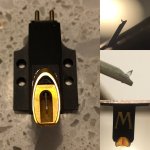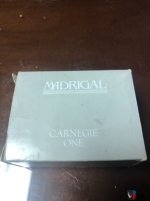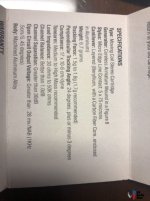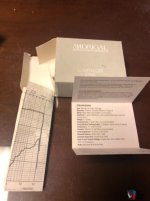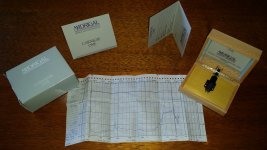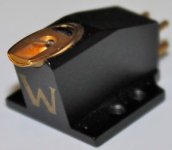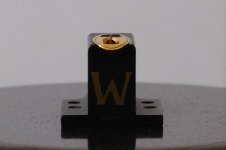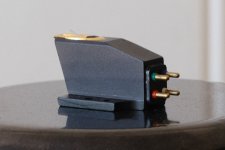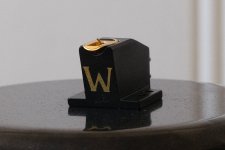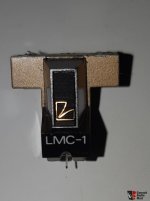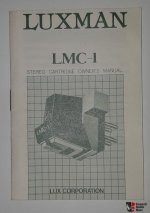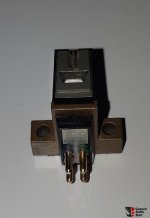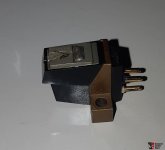Sansui AU-X901
- Solid State
- 2 Replies
Hi, theres is a chance to get the service manual for Sansui AU-X901 ? thanks
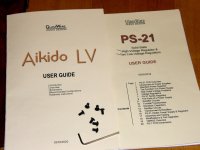

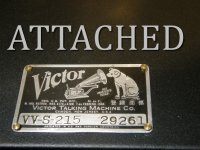
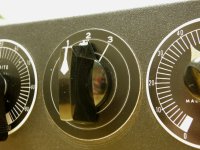
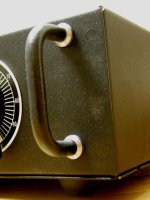
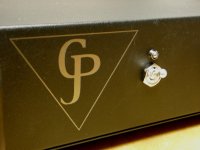
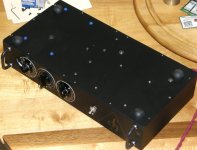
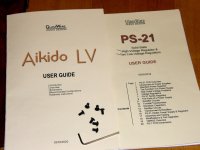
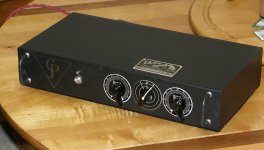
 ). So, what are your favorite small form factor audio things?
). So, what are your favorite small form factor audio things?
*
* Generic triode model: 12AX7
* Copyright 2003--2008 by Ayumi Nakabayashi, All rights reserved.
* Version 3.10, Generated on Sat Mar 8 22:41:09 2008
* Plate
* | Grid
* | | Cathode
* | | |
.SUBCKT 12AX7 A G K
BGG GG 0 V=V(G,K)+0.59836683
BM1 M1 0 V=(0.0017172334*(URAMP(V(A,K))+1e-10)) ** -0.2685074
BM2 M2 0 V=(0.84817287*(URAMP(V(GG)+URAMP(V(A,K))/88.413802)+1e-10)) ** 1.7685074
BP P 0 V=0.001130216*(URAMP(V(GG)+URAMP(V(A,K))/104.24031)+1e-10) ** 1.5
BIK IK 0 V=U(V(GG))*V(P)+(1-U(V(GG)))*0.00071211506*V(M1)*V(M2)
BIG IG 0 V=0.000565108*URAMP(V(G,K)) ** 1.5*(URAMP(V(G,K))/(URAMP(V(A,K))+URAMP(V(G,K)))*1.2+0.4)
BIAK A K I=URAMP(V(IK,IG)-URAMP(V(IK,IG)-(0.00058141055*URAMP(V(A,K)) ** 1.5)))+1e-10*V(A,K)
BIGK G K I=V(IG)
* CAPS
CGA G A 1.7p
CGK G K 1.6p
CAK A K 0.5p
.ENDS
